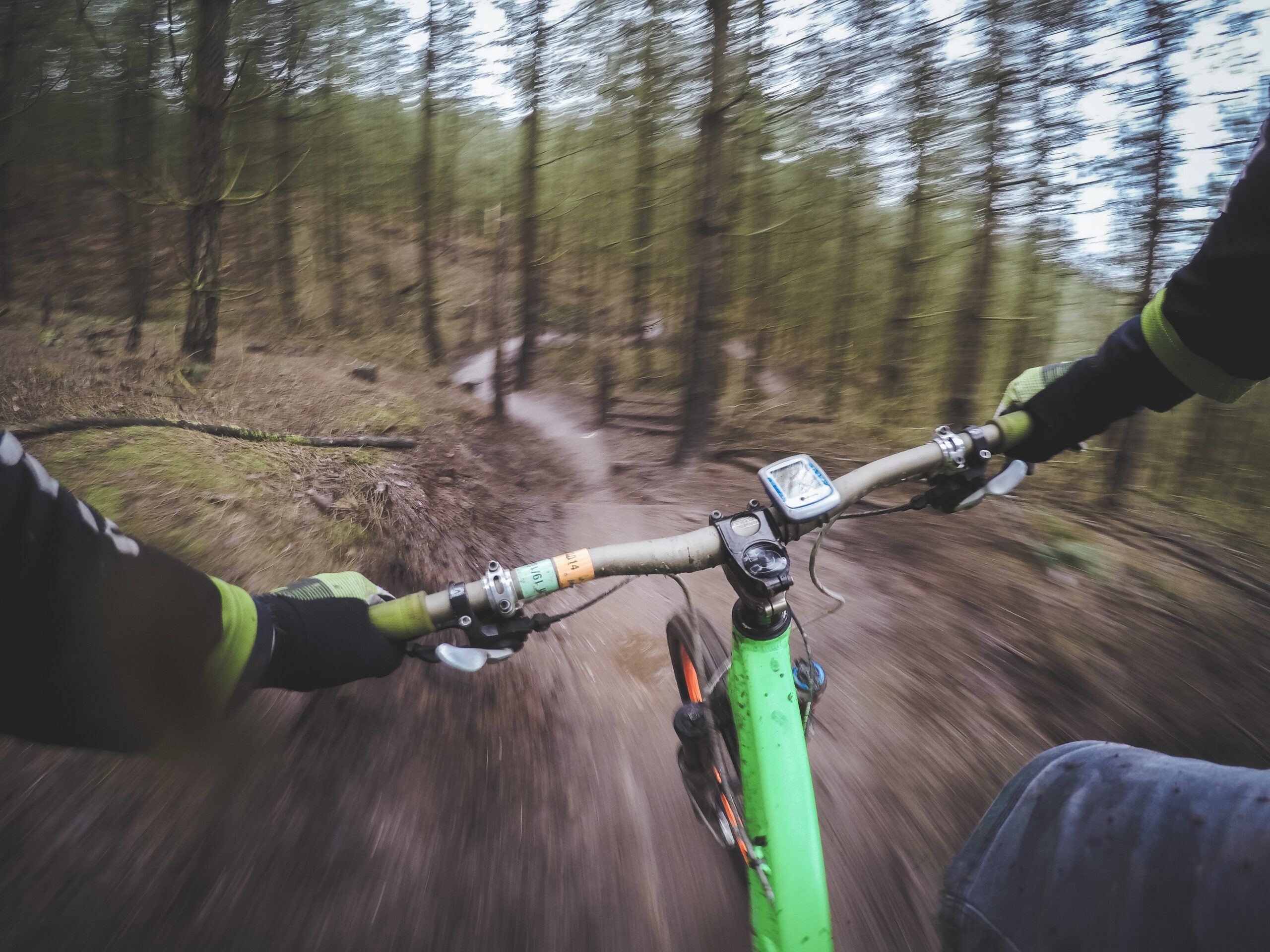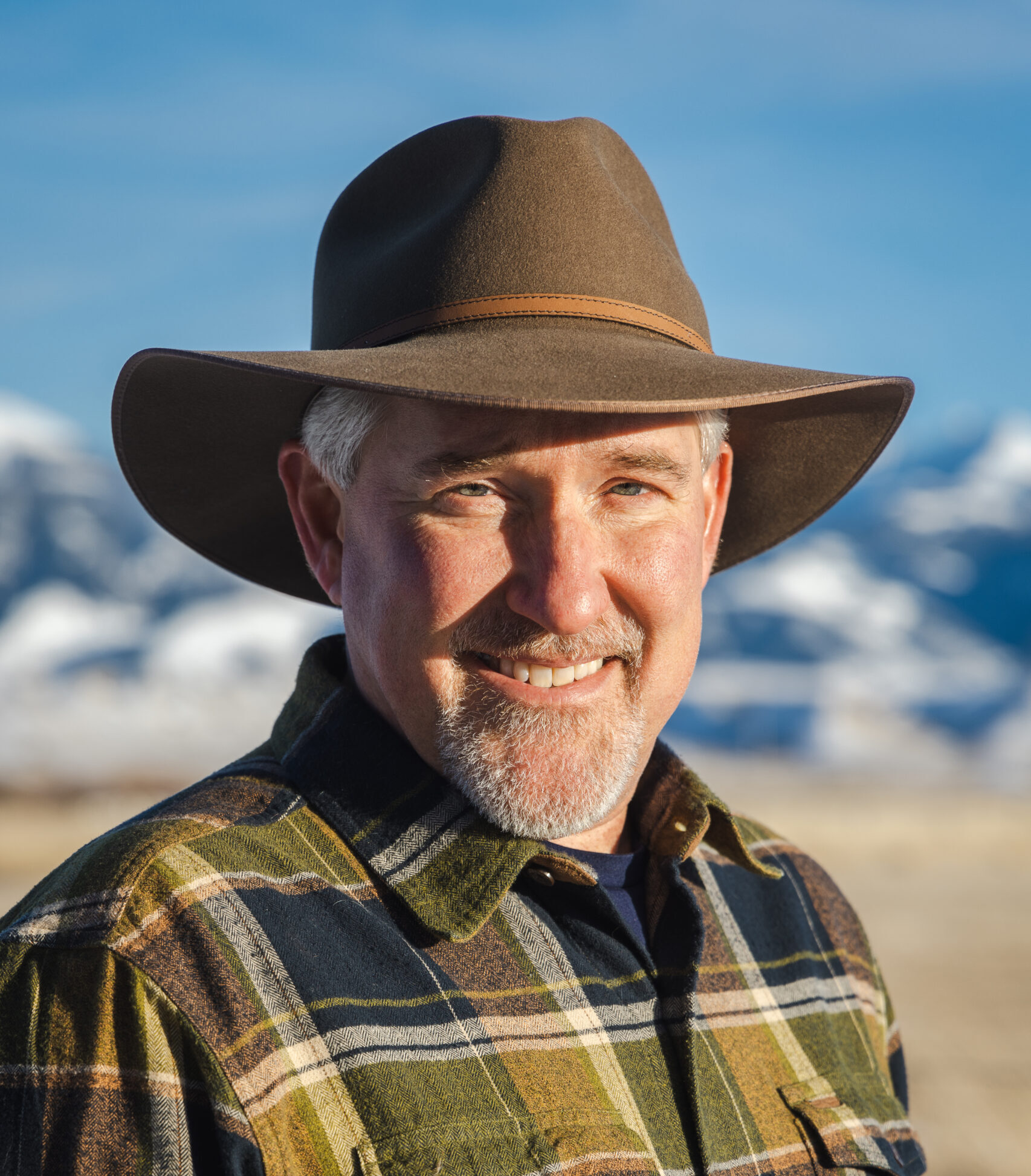This article originally appeared in The Hill.
We are public landowners. So are you. And we are also public land users. We hike our forests, fish our streams, camp in the backcountry, bike our trails, and scramble up steep mountain peaks.
As “owner-users,” we have a personal stake in the restoration and resiliency of the vast and scenic landscapes we play in. Today, on National Public Lands Day, we should reflect on ways to better support our public lands in a time of growing popularity and need.
Americans are using our lands like never before. More than 146 million of us participate in outdoor recreation activities each year, and national park visits have increased 20 percent over the past decade. Improved and specialized equipment has given us the ability to do more and go farther when exploring our public playgrounds.
We fear impacts from mining, timber harvests, and climate change, but often fail to consider that increasing recreational pursuits come with a cost to public lands. It’s something that Aldo Leopold, the father of wildlife ecology, predicted in the 1930s when he wrote, “The salient geographic character of outdoor recreation, to my mind, is that recreational use is self-destructive. The more people are concentrated on a given area, the less is the chance of their finding what they seek.”
We need outhouses at trailheads so natural areas aren’t overrun with waste. We want access points for fishing and boating, roads to see the sites, and trails to get to our favorite lakes. Every footstep, campfire, and forgotten granola bar wrapper can leave a scar when multiplied by millions. Yet, most outdoor recreationists pay little or nothing to maintain these federal lands.
As a result of increased use and a lack of funding, the deferred maintenance backlog on our public lands exceeds $18 billion. Trail maintenance needs in our national parks and forests are approaching $740 million alone. The Custer Gallatin National Forest, here in Montana, has seen the cost to pump their vault toilets more than double in the past five years. Funding is also needed to provide access to millions of acres of inaccessible federal lands. Meanwhile, conservation spending has dropped below 1 percent of the federal budget.
With these funding challenges in mind, it’s appropriate that today is also National Hunting and Fishing Day. Hunters and anglers are also “owner-users” of our public wildlife and habitats. They, too, have impacts on the resources. But sportsmen take an active and direct role in funding wildlife conservation needs through the purchase of licenses, wildlife stamps, tags, permits, and hunting and fishing equipment, which includes a dedicated excise tax that goes to wildlife management. As a result, hunters and anglers directly contribute $3.3 billion a year to wildlife conservation — more than the annual budget for the National Park Service.
If recreationists want to preserve public lands and our ability to recreate on them, we ought to take some lessons from the hunting and fishing community.
One way this could be achieved is through user fees. Nominal fees paid by users could provide public land managers with dedicated funding independent of legislative cycles. To some extent, this is already occurring: The Federal Lands Recreation Enhancement Act allows for some fee collection from outdoor recreationists under certain limited conditions, with 80 percent of the fees retained onsite to address local needs. But more could be done.
Small increases in fees—or allowing fees to be charged for a wider variety of uses—can have a huge impact. By increasing Denali National Park and Preserve entry fees from $10 per person up to $15, superintendent Don Striker estimates that the park will be able to “eliminate [its] non-roads maintenance backlog in five years.”
Another approach could be charging a small tax on recreational gear, similar to that on hunting and fishing equipment. We spend $86 billion each year on outdoor recreation gear. Even a fraction of a percent of that, dedicated to public lands and conservation programs, would go a long way. It might even provide political leverage to promote recreation interests and conservation.
To be fair, greater involvement by recreationists in providing direct funding for public lands will not single-handedly fix all of our conservation needs. But in collaboration with measures like the proposed Restore Our Parks Act and the Land and Water Conservation Fund, we can make great progress is breaking the maintenance backlog and providing new recreational opportunities on public lands.
Owning something goes beyond just possession, it also involves care and maintenance. As proud public landowners, it’s time for us to step up on behalf of the landscapes we love to use.





